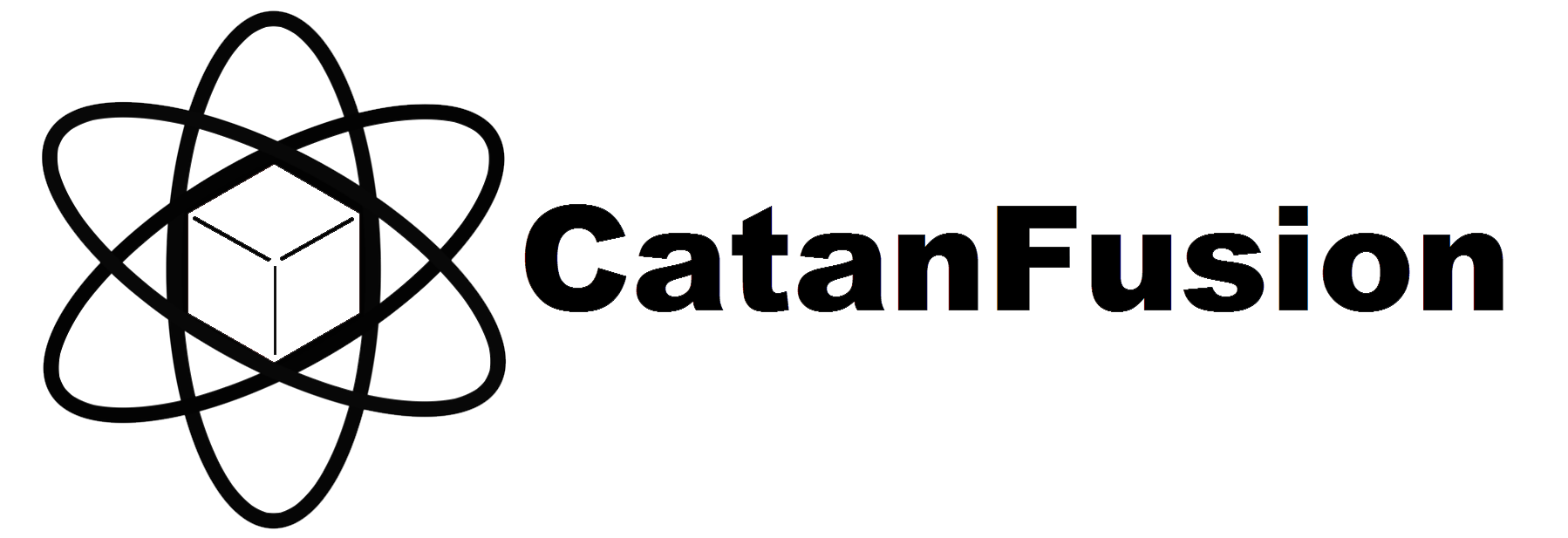This is placeholder Text!
Before you read this article, you will need to know the following terms and definitions:
| Game(-s): | Noun. Singular or Plural. A standalone version of Settlers of Catan, which can be played right out of the box without making additional purchases. There is only one standalone (base) game of Catan. |
| Expansion(-s): | Noun. Singular or Plural. An Catan game that cannot be played by itself. It must be used in conjunction with a standalone (base) game. The 5 & 6-player expansions are a good example of this. |
| Scenario(-s): | Noun. Singular or Plural. A small set of playing pieces and instructions that can be added to normal Catan gameplay. It cannot be played by itself--it must be used in conjunction with a standalone (base) game. The "Oil Springs" scenario is a good example of this. |
| Variant(-s): | Noun. Singular or Plural. A set of instructions for using the pieces from a Catan game or expansion in a new way. Most variants are fan-generated and require printing and cutting out new pieces. |
Commodity Cards:
- Coins
- Paper
- Cloth
The 3 “refined” materials (cloth, coin, and paper) are referred to as “commodities.” In many ways, the commodities are treated the same as resources, but there are also some ways in which they differ.
No commodities come from Field Hexes or Hill Hexes. Coin commodity comes from Mountain Hexes, Cloth commodity comes from Field Hexes, and Paper commodity comes from Forest Hexes. These commodities are represented by “commodity cards.” You receive these cards as income from the production of these hexes. Commodity production is determined by the Event Card Production Number drawn and resolved near the beginning of each turn. You receive your income for every terrain hex adjacent to your buildings every time the production number on the hex is rolled (exception: see Storm Hex).
Here are all of the details about commodities:
- Commodities are produced only by ___, ___, and ___.
- Commodities are only produced in forest, pasture, and mountain hexes.
- Commodities, when produced, are added to your personal supply of cards. They count toward the robber or limit when a “7” is shown on the Event Card. They may be stolen by villains, development/progress cards, or lost as a discard.
- The borders on commodity cards are intertwined with ribbons that match the color of the commodity (gold for cloth, green for paper, and grey for coin). The borders on the resource cards are all plain knot work. Both commodity cards and resource cards have the same card backs (i.e., a map).
- Commodities may be traded in all the same ways as resources. You may trade them freely with other players. You may exchange 4 of the same commodity for 1 of any resource or commodity you choose. If you have a building on a 3:1 harbor, you may trade 3 of any commodity for 1 of any other resource or commodity of your choice. You may also trade 4 of any resource for 1 of any commodity you choose (3:1 at a harbor, 2:1 if you have the matching special harbor).
- You need commodities to acquire building improvements.
- Some progress cards specifically mention “resources” or “commodities.” These cards can only affect the type of material they specifically mention.
Jump to the previous article!
Jump to the next article!
